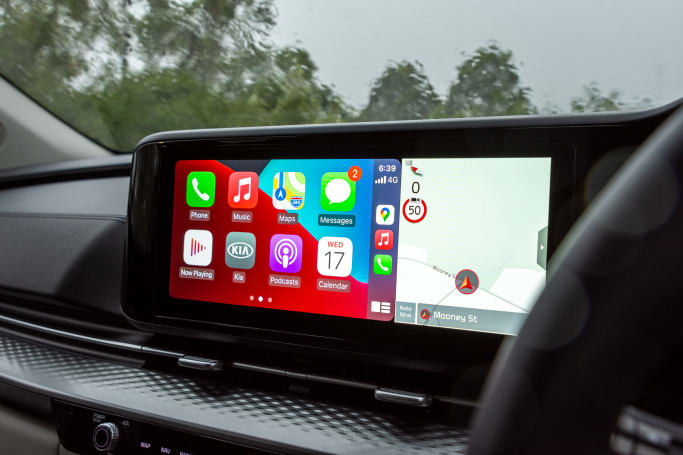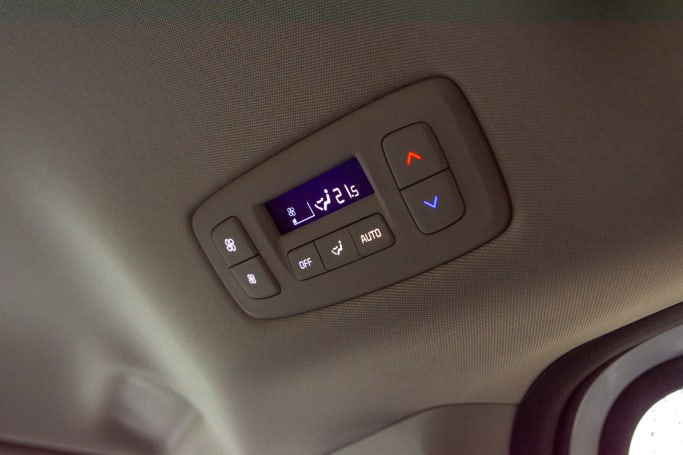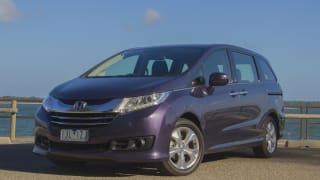The Carnival hits the market in not one, not two, but four trim levels. Already offering an awesome amount of choice for what could be a quite niche product, we’re testing one in mid-grade Si guise with the V6 engine option.
Wearing a drive-away price of $55,790 (Kia doesn’t deal in before on-road MSRPs any more) this Carnival undercuts Toyota’s gigantic new Granvia (starts from $64,090 MSRP) by a significant margin, while sitting above the slightly smaller, soon-to-arrive Honda Odyssey update, which will wear an MSRP of $51,150 for an equivalent top-spec Vi LX7.

You can probably tell from the images that the Carnival’s new design language wouldn’t look quite as amazing without such standard spec items as the full LED front lighting and 18-inch alloy wheels. Other impressive spec items include a 12.3-inch multimedia touchscreen, 4.2-inch supervision cluster (notably no digital dash, though), wired Apple CarPlay and Android Auto support with built-in navigation, an eight-speaker audio system (up from the base Si’s six), dual-zone climate control for front passengers with a third single-zone area for rear passengers (including third-row vents in the roof), leather trimmed wheel and shift-lever with less-good base cloth seats, and keyless entry but no push-start ignition.

Apart from some odd omissions, then, the Carnival Si is pretty well equipped and sits comfortably between its rivals. The two things that really detract are the lack of push-start ignition (seriously, how many cars don’t have this now?) and the fact that the base cloth seats are spongey enough, but have a particularly average design. All Carnivals also have healthy active safety suites, but we’ll cover that off in the Safety section of this review.





















